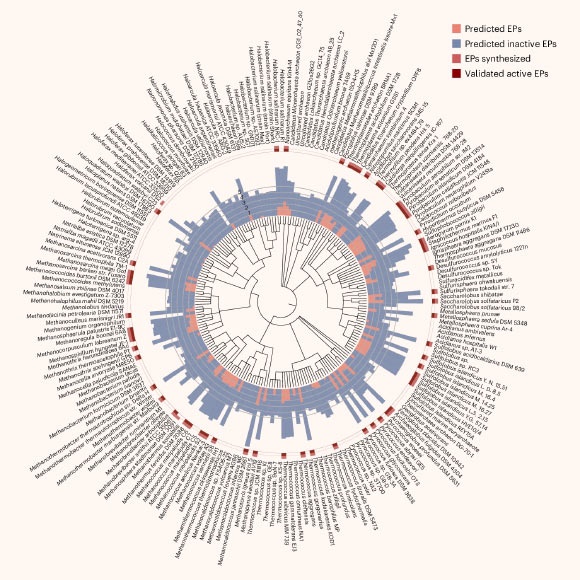Overview
- Researchers used an updated deep-learning tool called APEX 1.1 to scan proteomes of 233 archaeal species and identified 12,623 candidate antimicrobial peptides dubbed archaeasins.
- Experimental testing of 80 synthesized archaeasins yielded a 93% in vitro hit rate against a panel of major bacterial pathogens.
- Three lead peptides halted drug-resistant bacterial spread in animal models after a single dose, with one matching the efficacy of last-resort polymyxin B.
- Chemical analysis indicates archaeasins disrupt internal electrical signals in bacterial cells, setting them apart from traditional membrane-targeting antibiotics.
- The team plans to refine APEX’s structural predictions, assess long-term safety and stability, and advance top candidates toward clinical trials while navigating development challenges.

